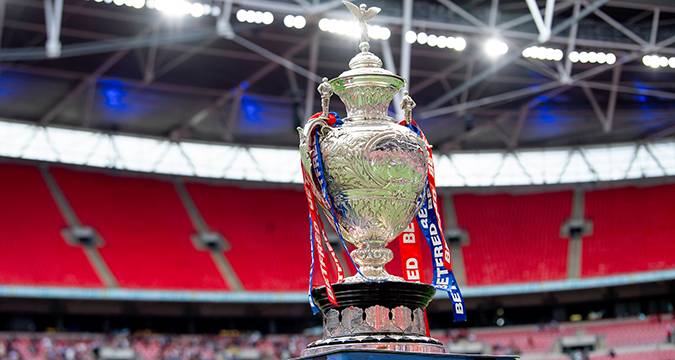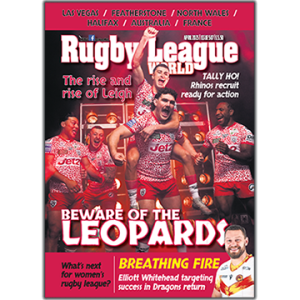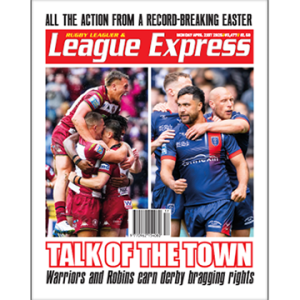
The RFL has confirmed that the Challenge Cup Final will be played at Wembley in June next year.
In recent years it has been moved all over the place in order to try to find the magic silver bullet that would tell us when it should be played.
And I’m afraid it looks as though the RFL doesn’t really know what to do with the Challenge Cup Final. As many fans point out, since the introduction of Super League Grand Finals at the end of the season, the Cup Final has been generally overshadowed by the Grand Final.
That is a great shame, because the Challenge Cup is Rugby League’s oldest competition and it deserves far more respect than it currently seems to be given. Its historic status should surely be recognised.
The problem with it goes right back to dawn of Super League, when it continued to be played in its original timeframe, with the Challenge Cup Final in May, just as it used to be played prior to the dawn of summer rugby.
The first nine finals in the summer era, until 2004, continued to be played in late April or early May, but in 2005 the RFL decided to move the game to the final Saturday in August, which of course is a Bank Holiday weekend.
The 2005 final, between Hull FC and Leeds Rhinos, was played at the Millennium Stadium in Cardiff during the period when Wembley Stadium was being rebuilt.
It attracted a respectable attendance of 74,213 on 27th August and it produced one of the most thrilling finals in the history of the competition.
The Cup Final returned to the new Wembley Stadium in 2007 and the quoted attendance figures were boosted by a deal struck between the RFL and Wembley Stadium Limited whereby the Club Wembley seats in the middle tier of the stadium were assumed to be all sold out, even though they clearly weren’t. That was because the people who had bought Club Wembley seats were allowed free admission to all sporting events for the first ten years of the new stadium’s existence.
The truth is that the attendance figures for the Challenge Cup Final have declined steeply from the glory days. Saturday’s attendance of 58,213 was less than two-thirds of the capacity of the stadium for a match that surely deserved a sell-out audience.
RFL Chairman Simon Johnson wrote in Saturday’s match programme that the “feelgood factor” was returning to Rugby League. And I’m sure that was true for those of us in the stadium.
But the attendance, with all the empty seats, suggested otherwise for the game more generally.
Of course we’ll never return to full capacity simply by moving the date of the Cup Final.
We also need an effective marketing campaign, which we don’t seem to have at the moment, primarily because the RFL doesn’t seem to have the money to mount one.
So when should the Challenge Cup Final be played?
In my view we should learn the lesson from Rugby League’s history.
During the post-war era until 1962, the Cup Final was played near to the end of the season, often the week before the Championship Final, which was a contest between the top four teams in the 30-team league.
It used to create a tremendous climax to the Rugby League season, with two massive games on successive weekends.
For example, in 1960, Wakefield Trinity beat Hull FC at Wembley in front of 79,773 spectators.
A week later, Wakefield took on Wigan in the Championship Final at Odsal in front of 83,190 spectators, with Wigan coming out on top.
I know that IMG have suggested that the Challenge Cup Final should be played earlier in the year.
But I believe the exact opposite.
Play at Wembley on the first weekend of October and hold the Grand Final at Old Trafford a week later and Rugby League will become difficult to ignore.




